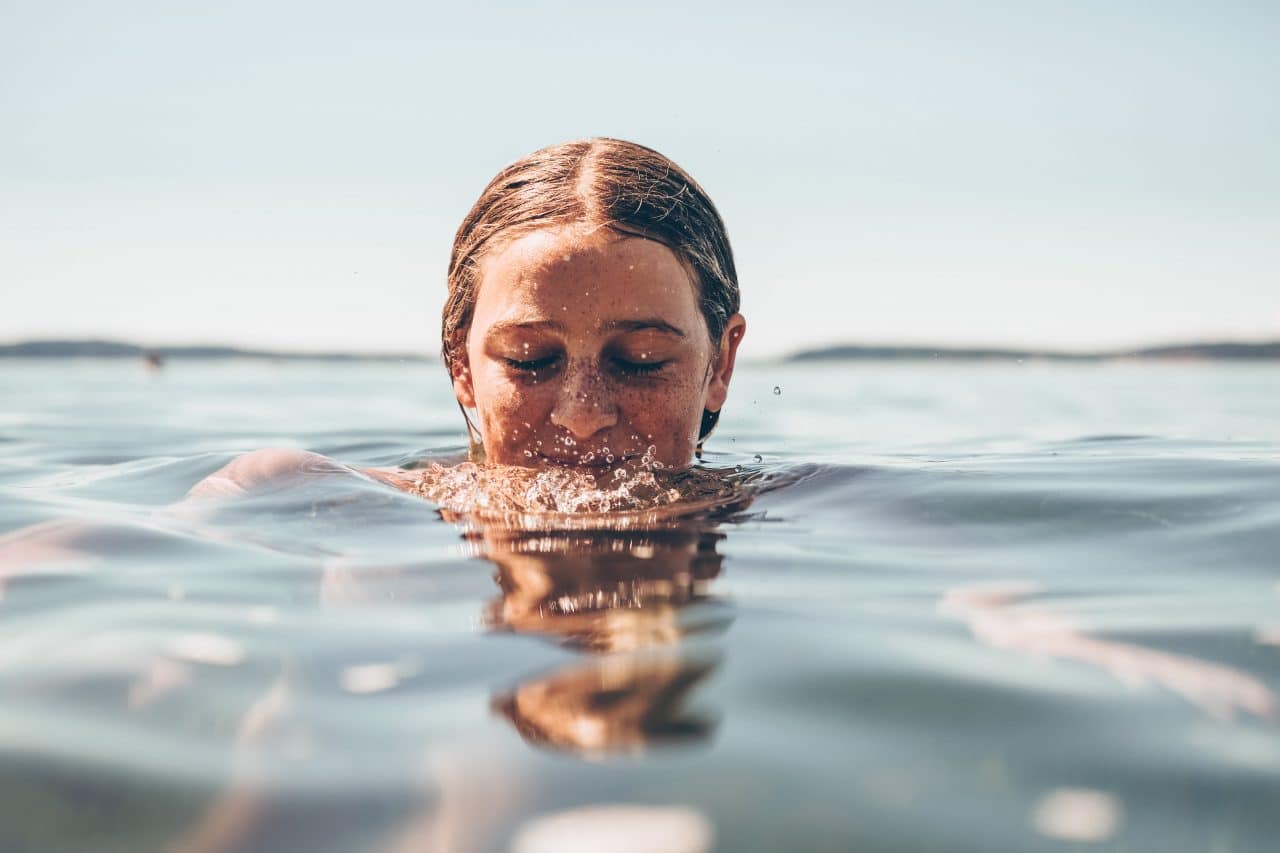As we reach the hottest month of the year, you’ll no doubt be tempted to dive into a pool or take a dip in a lake. While this is usually perfectly fun and harmless, you do put your ears at risk of infection when you submerge yourself in a body of water. Fortunately, there are strategies for removing trapped water and preventing infection.
What Are the Risks of Water in the Ears?

When water becomes trapped in the ears, it can harbor bacteria. The inside of the ear is a favorable environment for bacterial growth, especially if the skin in the ear canal has a scratch, abrasion or allergic reaction. Symptoms of swimmer’s ear are typically mild, involving itchiness, redness, ear pain and drainage. Antibiotics may be necessary to treat the infection.
Removing Water from the Ears
Your risk of swimmer’s ear is much lower if you are able to remove water trapped in the ears. If your ears feel plugged after swimming, try the following:
- Tilt your head to the side with the affected ear facing down. Gently tug on your earlobe to open the ear canal.
- Move your jaw by yawning or chewing, keeping your head tilted to the side.
- Inhale, pinch your nose, close your mouth and gently exhale to open the Eustachian tubes.
- Lie on your side for several minutes with your affected ear on a soft cotton towel.
- Cup the palm of your hand over your ear to create a suction. Gently plunge your ear by pushing and releasing your hand.
- Blow warm air from a hairdryer on the lowest setting to dry up the water in the ears.
- Use hydrogen peroxide ear drops to dry the water. Only attempt this if you do NOT have an ear infection, perforated ear drum or ear tubes.
You should never insert anything into your ear canals in an attempt to dry them out or clean them, including cotton swabs. This can push obstructions further into the ear or even puncture the eardrum.
Preventing Water in the Ears
The best way to protect your ears is to wear swimmer’s plugs. These can be purchased inexpensively at the drug store or custom-ordered from an audiologist’s office for maximum comfort and protection.
To learn more or to schedule a visit with an audiologist, call Evergreen Speech & Hearing, Inc., today!